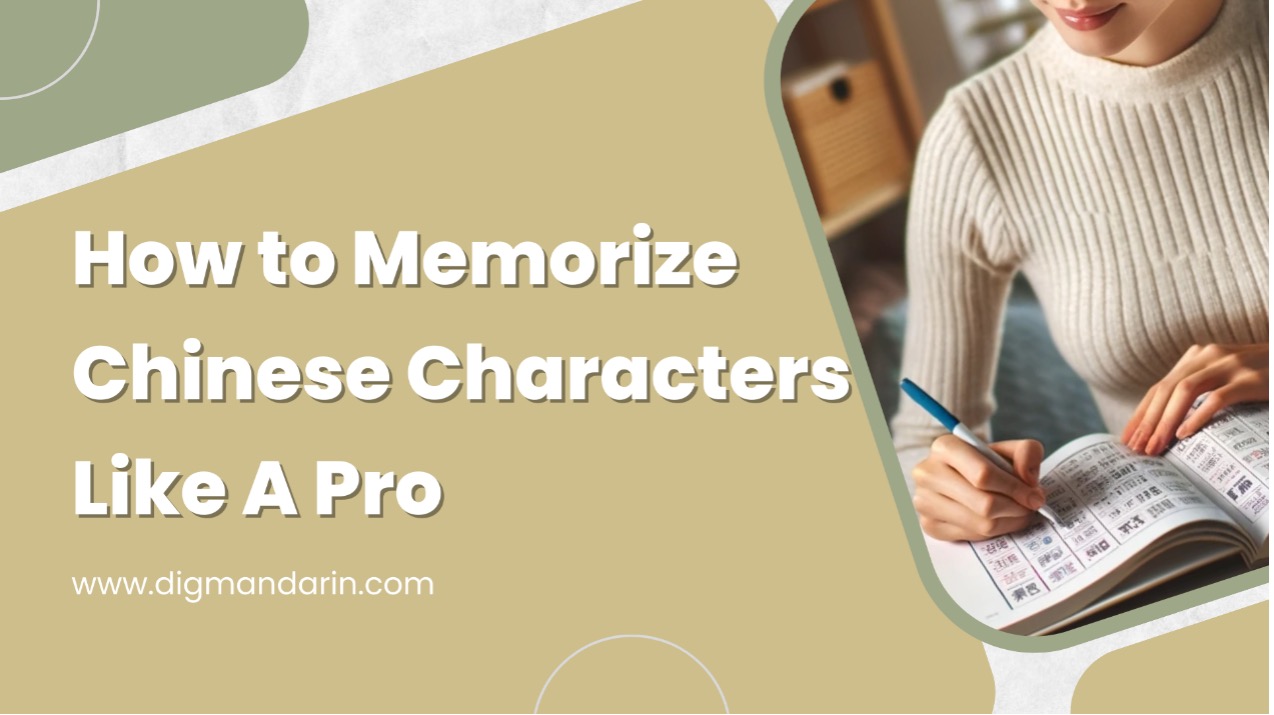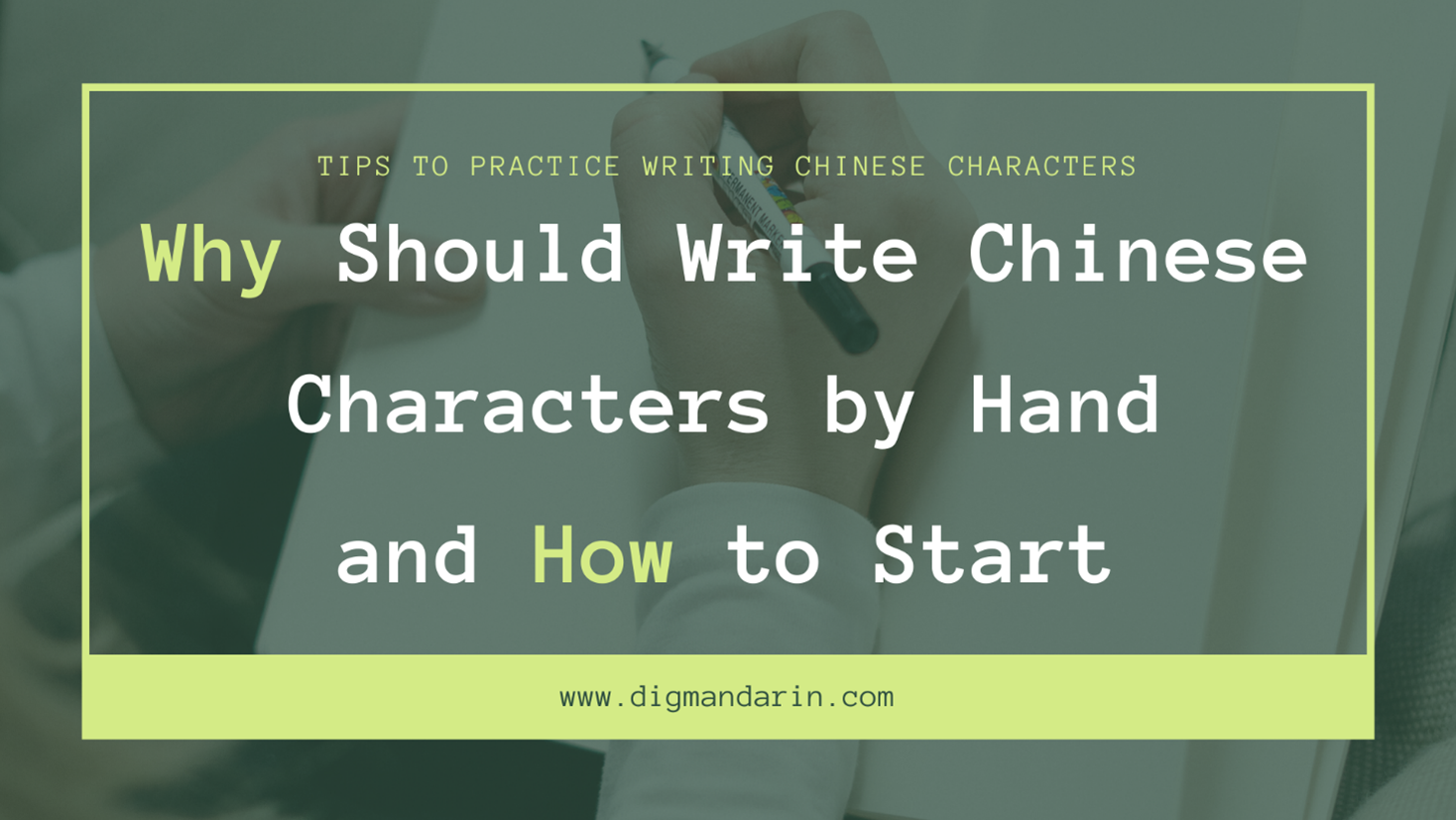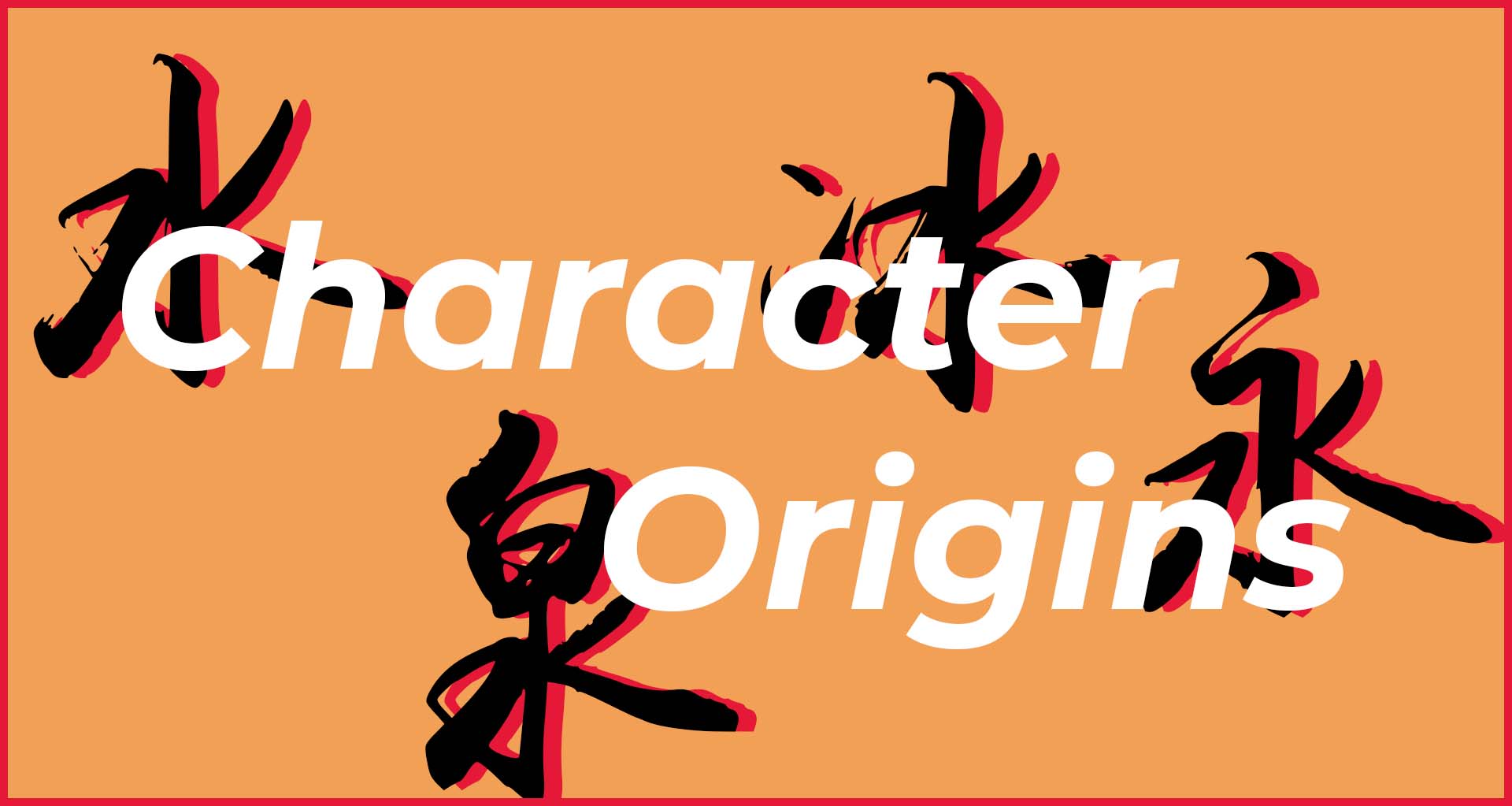For the Love of Characters! Introducing the Block-Headed Hula Girl and Other Useful Silliness
Chinese characters are beautiful, but there are just so damned many of them.
And only very few are true pictographs that actually look like the thing they represent. 人 (rén) is person, 口(kǒu) is mouth (or opening), 木(mù) is tree (or to be more precise, wood). Even some characters that used to look like the thing they represent–like 水(shuǐ / water), 羊 (yáng / sheep), 馬 (mǎ / horse), 象 (xiàng / elephant)–have evolved over time into more abstract forms.
Next, there are the ideograms, which are still considered to be simple, basic characters that represent concepts. These include numbers such as 一, 二, 三, 四, 五 …; and symbols, like 上 (up), 下 (down), 大 (big), 小 (small).
After these, things get a bit more complicated. To learn a few hundred characters, or more, you’ll need a system, a bag of tricks to help you commit them to memory. I’m going to give you a few examples of visual association, a method I have used to wrap my head around some of the more tricky characters. I also want to encourage you to get creative, and learn to trust whatever visual associations work for you. Here is the secret –the more creative & outlandish the association is, the easier it will be for you to remember.
If you have spent time in China or Taiwan, you probably have been in a lot of restaurants. Deciphering menus is one great way to learn characters, and one that you’ll see often is:
魚(鱼)
which means “fish” (yú). The character is another pictograph that started out in the shape of a fish, but looks quite abstract now. Maybe the four lines on the bottom are fins. Whatever it is, or was, don’t overthink it. The simplified form (shown in parentheses – this is what you’ll see on restaurant menus in Mainland China and Singapore), replaces the four fins with a single horizontal stroke. The bottom line (pun intended) is that the fish character is so common that you really don’t need any tricks to learn to recognize it.
But, consider another less common character. I started noticing this character while riding around the streets of Shanghai and Taipei, especially on the sides of hospitals:
急
Armed with my knowledge of the fish character, this looked very familiar. I thought to myself, yup, there are the four fins, although one is a bit longer than the others. So I came up with a mnemonic, a way to remember this new character: STRIPED BASS WITH ONE ABNORMALLY ELONGATED FIN. Well it turns out that this character (jí), has nothing to do with fish. It appears in words like “urgent”, “anxious”, “emergency”. But to this day, my random fish analogy helps me recognize it as well as to write it.
Let’s do another. Here is a common Chinese surname, which also happens to be my wife’s family name:
吳(吴)
It’s pronounced (wú) in Mandarin. It is also the character behind the Cantonese last name Ng, and the Korean last name Oh. But how do I remember it? Well, to me it looks like a stick figure, but not just any stick figure. I call her BLOCK-HEADED HULA GIRL WAVING WITH ONE HAND. Notice that in the simplified form, she looks less friendly – she is no longer waving. Also, her block-head is more prominent – but the analogy still works.
In fact, I see stick figures in many other Chinese characters. For example:
是
This is (shì), which basically translates as “is”. Look at that extended leg on the bottom – this guy appears to be in a hurry, and he is carrying something on a tray, so I call him: WAITER RUSHING WITH A BIRTHDAY CAKE ON A TRAY.
Here is our friend the hapless waiter again:
匙
What is he juggling now in addition to that birthday cake? Another tray – or a ladle? Turns out this character forms part of the word “spoon”: 湯匙 (tāngchí).
I don’t know about you, but I have particular trouble remembering characters that stack multiple elements vertically on top of one another. Here too, visual association can help. Consider:
樓(楼)
This character is (lóu). It refers to multi-story buildings, common in words such as “high-rise” 大樓 (dàlóu) and “go upstairs” 上樓 (shànglóu). The left side is “wood”, a common building material, but how about the right? Well there is a “woman”, 女 (nǚ), on the bottom. Then there is what looks to me like a lollipop and a pair of sunglasses. So, there you have it: LOLLIPOP-EATING, SUNGLASS-WEARING WOMAN STANDING NEXT TO A TREE. In the simplified form,the lollipop and sunglasses are replaced with 米 (mǐ), the character for uncooked rice. Looks like a mini explosion, ‘no? I’ll leave that one to your imagination.
I hope you’re enjoying my visual associations, but you should also realize that you can make up your own vivid descriptions, something that clicks for you. Remember that the descriptions do not have to do anything with the meaning of the characters. Chineasy is a hoax – characters rarely look like the thing they are supposed to represent. The more fun and personal your visual associations are, the easier they will stick to your memory.





This Post Has 0 Comments